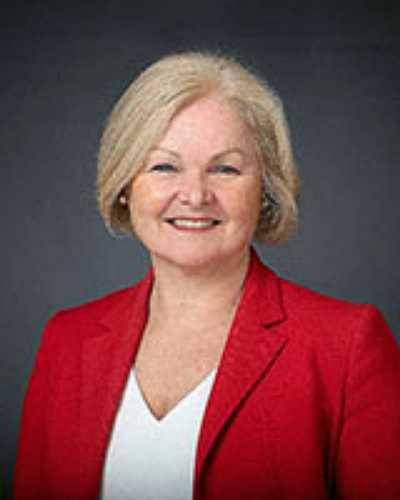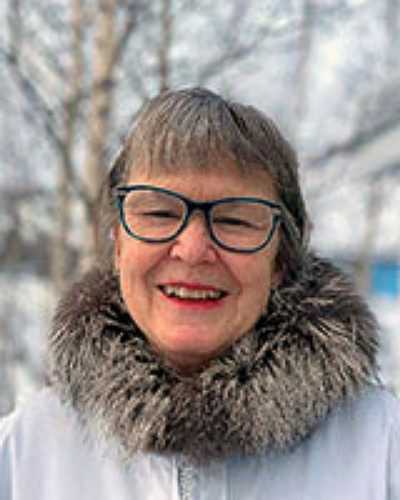Dear Editor
We read with interest the scoping review by Gilchrist and colleagues addressing the question, ‘What is the current evidence of the safety of anaesthesia delivered by rural generalist anaesthetists (RGAs)?’1 The authors conclude that there is a need to characterize and describe the role of RGAs, review and revise their training and education, recognize their scope of practice, and understand how they lead the management of safety and risk. We congratulate the authors on this comprehensive, well-written, and timely report and wish to draw attention to two key points raised in the review.
First, the authors warn against adopting urban-centric social, political, and administrative perspectives in the training of RGAs. The same warning should be heeded when addressing workforce shortages of RGAs. This point is illustrated by a situation in Canada where a lack of knowledge about the nuances and complexities of rural anesthetic practice has led to a misguided and simplistic attempt to solve anesthesia workforce shortages.
In Canada, like Australia, family physicians provide essential anesthesia services in rural locations. They also provide other crucial healthcare services, including emergency, obstetric, critical, and primary care. The government of British Columbia recently proposed a plan to introduce nurse anesthetists in rural settings but did so without meaningfully consulting with rural communities, Indigenous leadership, provincial faculties of medicine, or relevant professional organizations, such as the Canadian Anesthesiologists’ Society, and the College of Family Physicians of Canada2,3. Implementing this short-sighted plan would introduce a group of single-skilled health professionals into a rural environment, where generalists’ skills are required. Neither nurse-anesthetists nor specialty-trained anesthesiologists can provide the generalist medical skills that are required in many rural communities. Gilchrist and colleagues also questioned whether we should seek local leadership, rather than assume the leadership will come from urban centres. Ministries of health need to work with local multidisciplinary rural healthcare teams, which have the knowledge and adaptive expertise to help plan for the needs of their communities. An example of such a collaborative approach is the Rural Coordination Centre of British Columbia4. This program involves hundreds of stakeholders who work collaboratively through trusting relationships to improve access to high-quality care. A second example of a ‘local’ approach is a Consensus Statement that offers recommendations to guide the development of networks that support high-quality anesthesia, surgery, and maternity care5. A third example is the Rural Surgical and Obstetrical Networks6. This program supports 10 of the smallest and remote surgical and maternity programs in British Columbia. Finally, a newly introduced idea is the National Advanced Skills and Training Program for Rural Practice. This program seeks to upskill practicing physicians nationwide with the intension of increasing retention of physicians in rural, remote, and Indigenous communities7.
The second point that we would like to emphasize is that assessments of safety in rural practice often focus on avoiding and mitigating risk, and must be balanced against the impacts of a lack of anesthetic care. The consequences of the lack of access to care due to the withdrawal of anesthesia, surgical and maternal first responders in rural setting are rarely, if ever, measured. The need to ensure high-quality care in low-volume practices is paramount, particularly for elective procedures; however, the impact of a withdrawal of services must also be considered. If a patient dies because obstetrical and operative services are unavailable in their rural setting, the metrics related to perioperative safety and mortality indicate that patients are ‘safe’, but the outcome is in fact devastating.
In summary, we thank Gilchrist and colleagues as their excellent scoping review highlights the need to understand the nature of the work through broad consultation with local leaders and the need to assess the consequences of withdrawal of service when planning for anesthesia, surgical and obstetrical services in rural communities.
Beverley A. Orser, Chair and Professor, Department of Anesthesiology and Pain Medicine, Temerty Faculty of Medicine, University of Toronto, Ontario, Canada
C. Ruth Wilson, Professor Emerita, Department of Family Medicine, Queen’s University, Ontario, Canada


